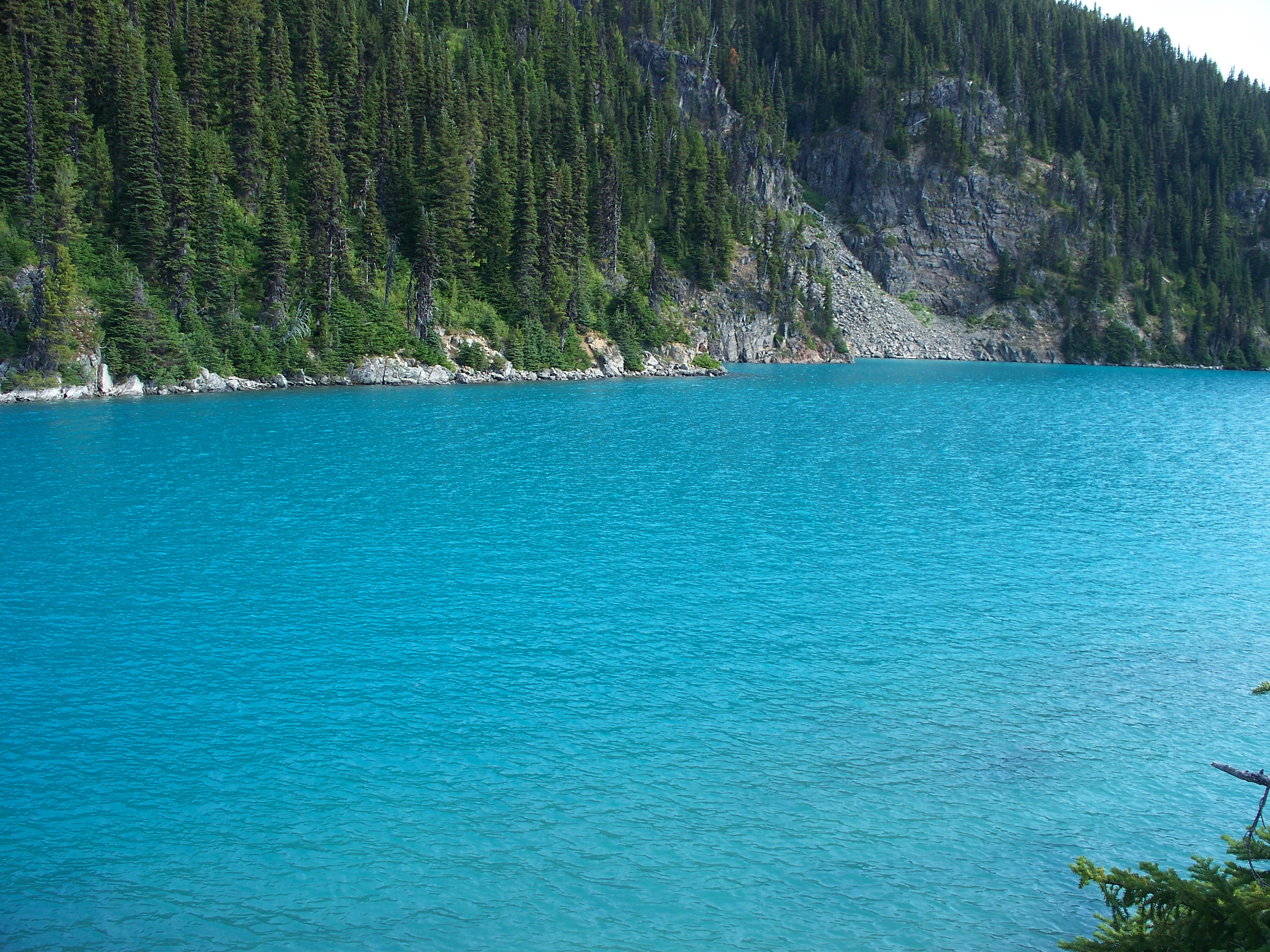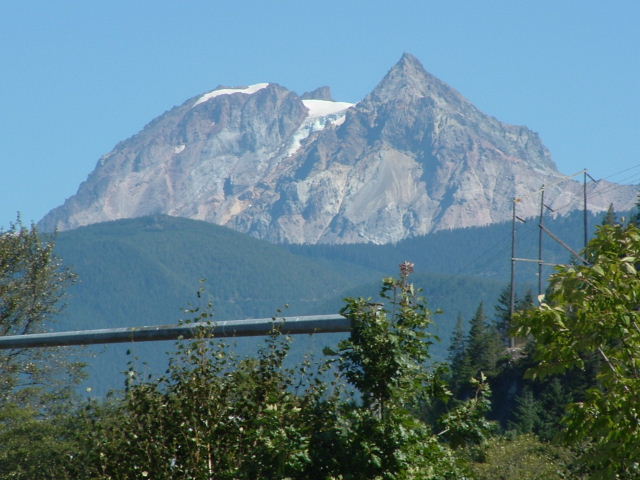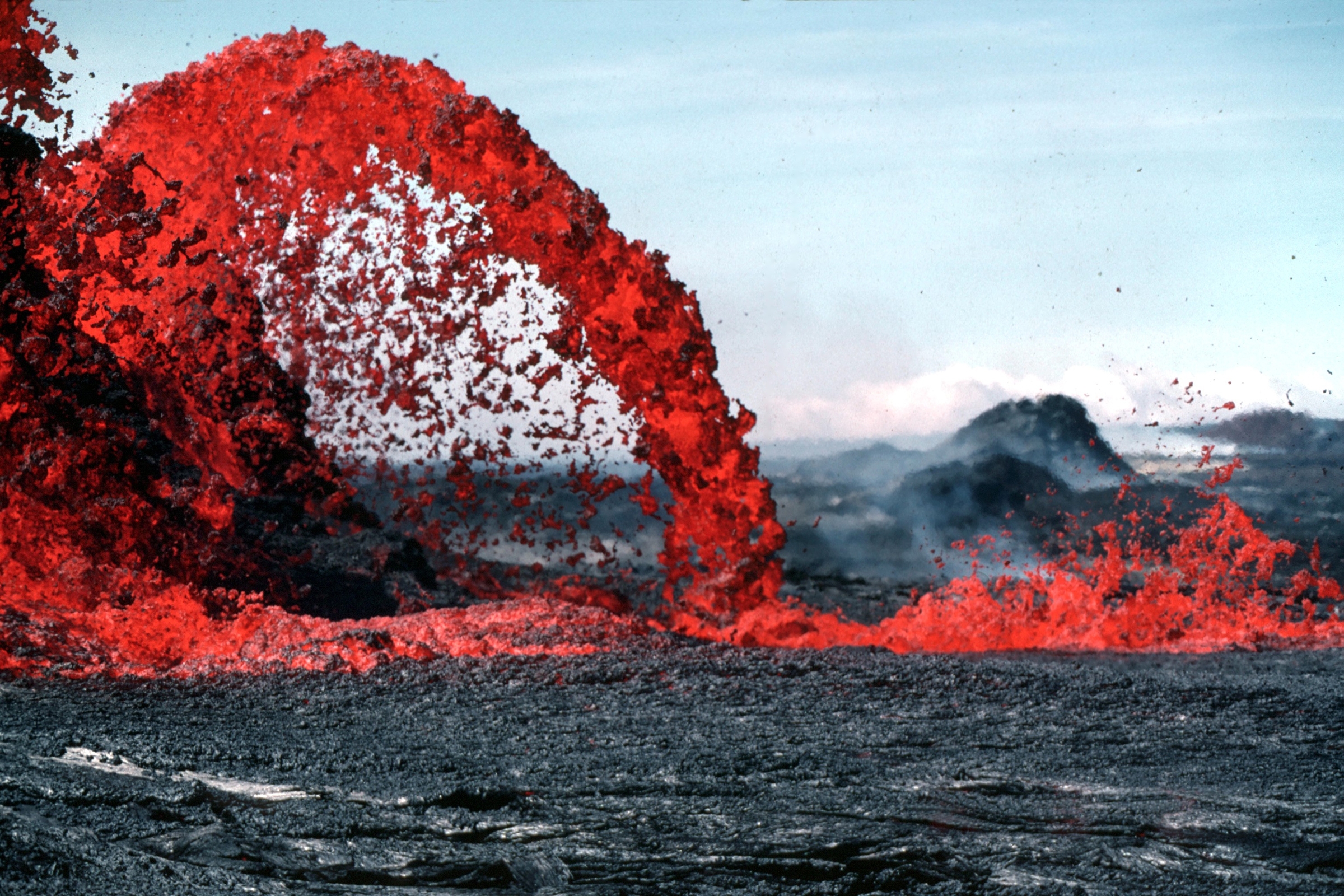|
Garibaldi Lake
Garibaldi Lake is a turquoise-coloured alpine lake in British Columbia, Canada, located 37 km (23 mi) north of Squamish and 19 km (12 mi) south of Whistler. The lake lies within Garibaldi Provincial Park, which features mountains, glaciers, trails, forests, flowers, meadows, waterfalls. The park is a wildlife protected area. Geology Garibaldi Lake lies in a deep subalpine basin, with its surface at nearly 1,500 m (4,900 ft) above sea level and a depth exceeding 250 m (800 ft). It is almost entirely surrounded by mountains except at its northwestern tip, with volcanoes along the north, west, and south sides and non-volcanic peaks along the northeast and eastern shores. Lava flows from the volcanoes of Mount Price and Clinker Peak to the south blocked the ancestral valley, damming the waters of the lake behind the lava formation known as The Barrier. This lava dam is over 300 m (1,000 ft) in thickness and about 2 km ... [...More Info...] [...Related Items...] OR: [Wikipedia] [Google] [Baidu] |
Rubble Creek
Rubble Creek is a creek in southwestern British Columbia, Canada. It flows northwest from Garibaldi Lake into the Cheakamus River near the abandoned settlement of Garibaldi Giuseppe Maria Garibaldi ( , ;In his native Ligurian language, he is known as ''Gioxeppe Gaibado''. In his particular Niçard dialect of Ligurian, he was known as ''Jousé'' or ''Josep''. 4 July 1807 – 2 June 1882) was an Italian general, patr .... References Rivers of the Pacific Ranges New Westminster Land District {{BritishColumbia-river-stub ... [...More Info...] [...Related Items...] OR: [Wikipedia] [Google] [Baidu] |
Mount Garibaldi
Mount Garibaldi (known as Nch'kaý to the indigenous Squamish people) is a dormant stratovolcano in the Garibaldi Ranges of the Pacific Ranges in southwestern British Columbia, Canada. It has a maximum elevation of and rises above the surrounding landscape on the east side of the Cheakamus River in New Westminster Land District. Mount Garibaldi contains three summits, two of which are individually named. Atwell Peak is a sharp, conical summit slightly higher than the more rounded summit of Dalton Dome. Both summits were volcanically active at different times throughout Mount Garibaldi's eruptive history. The northern and eastern flanks of Mount Garibaldi are obscured by the Garibaldi Névé, a large snowfield containing several radiating glaciers. Flowing from the steep western face of Mount Garibaldi is the Cheekye River, a tributary of the Cheakamus River. Opal Cone on the southeastern flank is a small volcanic cone from which a lengthy lava flow descends. The wes ... [...More Info...] [...Related Items...] OR: [Wikipedia] [Google] [Baidu] |
Waterfalls
A waterfall is a point in a river or stream where water flows over a vertical drop or a series of steep drops. Waterfalls also occur where meltwater drops over the edge of a tabular iceberg or ice shelf. Waterfalls can be formed in several ways, but the most common method of formation is that a river courses over a top layer of resistant bedrock before falling on to softer rock, which erodes faster, leading to an increasingly high fall. Waterfalls have been studied for their impact on species living in and around them. Humans have had a distinct relationship with waterfalls for years, travelling to see them, exploring and naming them. They can present formidable barriers to navigation along rivers. Waterfalls are religious sites in many cultures. Since the 18th century they have received increased attention as tourist destinations, sources of hydropower, andparticularly since the mid-20th centuryas subjects of research. Definition and terminology A waterfall is generally ... [...More Info...] [...Related Items...] OR: [Wikipedia] [Google] [Baidu] |
Debris Flow
Debris flows are geological phenomena in which water-laden masses of soil and fragmented Rock (geology), rock rush down mountainsides, funnel into stream channels, entrain objects in their paths, and form thick, muddy deposits on valley floors. They generally have bulk density, bulk densities comparable to those of rock avalanches and other types of landslide classification, landslides (roughly 2000 kilograms per cubic meter), but owing to widespread sediment liquefaction caused by high pore pressure, pore-fluid pressures, they can flow almost as fluidly as water. Debris flows descending steep channels commonly attain speeds that surpass 10 m/s (36 km/h), although some large flows can reach speeds that are much greater. Debris flows with volumes ranging up to about 100,000 cubic meters occur frequently in mountainous regions worldwide. The largest prehistoric flows have had volumes exceeding 1 billion cubic meters (i.e., 1 cubic kilometer). As a result of their hig ... [...More Info...] [...Related Items...] OR: [Wikipedia] [Google] [Baidu] |
RockSlide 1200W
A rockslide is a type of landslide caused by rock failure in which part of the bedding plane of failure passes through compacted rock and material collapses ''en masse'' and not in individual blocks. Note that a rockslide is similar to an avalanche because they are both slides of debris that can bury a piece of land. While a landslide occurs when loose dirt or sediment falls down a slope, a rockslide occurs only when solid rocks are transported down slope. The rocks tumble downhill, loosening other rocks on their way and smashing everything in their path. Fast-flowing rock slides or debris slides behave similarly to snow avalanches, and are often referred to as rock avalanches or debris avalanches. Definition The term landslide refers to a variety of mass wasting events (geologic slope failures) that include slumps, slides, falls, and flows. The two major types of slides are rotational slides and translational slides. Rockslides are a type of translational event since the rock ... [...More Info...] [...Related Items...] OR: [Wikipedia] [Google] [Baidu] |
Sentinel Glacier
Sentinel may refer to: Places Mountains * Mount Sentinel, a mountain next to the University of Montana in Missoula, Montana * Sentinel Buttress, a volcanic crag on James Ross Island, Antarctica * Sentinel Dome, a naturally occurring granite dome in Yosemite National Park, California * Sentinel Mountain (Montana), in Glacier National Park * Sentinel Peak (Alberta) * Sentinel Peak (Antarctica) * Sentinel Peak (Arizona), a peak in the Tucson Mountains * Sentinel Peak (British Columbia) * Sentinel Range, a mountain range in Antarctica * The Sentinel, Hout Bay * The Sentinel (Zion), a sandstone summit in Zion National Park, Utah Elsewhere * Sentinel, Arizona * Sentinel, California * Sentinel, Missouri * Sentinel, Oklahoma * Sentinel Island (other) Arts, entertainment, and media Artworks * ''Sentinel'' (sculpture), a 2000 sculpture by Tim Tolkien * ''Sentinels'' (Hudson), a 2005 public artwork by American artist Jon Barlow Hudson Comics * ''Sentinel'' (comic boo ... [...More Info...] [...Related Items...] OR: [Wikipedia] [Google] [Baidu] |
Glacial Flour
Rock flour, or glacial flour, consists of fine-grained, silt-sized particles of rock, generated by mechanical grinding of bedrock by glacial erosion or by artificial grinding to a similar size. Because the material is very small, it becomes suspended in meltwater making the water appear cloudy, which is sometimes known as glacial milk. When the sediments enter a river, they turn the river's colour grey, light brown, iridescent blue-green, or milky white. If the river flows into a glacial lake, the lake may appear turquoise in colour as a result. When flows of the flour are extensive, a distinct layer of a different colour flows into the lake and begins to dissipate and settle as the flow extends from the increase in water flow from the glacier during snow melts and heavy rain periods. Examples of this phenomenon may be seen at Lake Pukaki and Lake Tekapo in New Zealand, Lake Louise, Moraine Lake, Emerald Lake, and Peyto Lake in Canada, Gjende lake in Norway, and several lake ... [...More Info...] [...Related Items...] OR: [Wikipedia] [Google] [Baidu] |
Causeway
A causeway is a track, road or railway on the upper point of an embankment across "a low, or wet place, or piece of water". It can be constructed of earth, masonry, wood, or concrete. One of the earliest known wooden causeways is the Sweet Track in the Somerset Levels, England, which dates from the Neolithic age. Timber causeways may also be described as both boardwalks and bridges. Etymology When first used, the word ''causeway'' appeared in a form such as "causey way" making clear its derivation from the earlier form "causey". This word seems to have come from the same source by two different routes. It derives ultimately, from the Latin for heel, ''calx'', and most likely comes from the trampling technique to consolidate earthworks. Originally, the construction of a causeway utilised earth that had been trodden upon to compact and harden it as much as possible, one layer at a time, often by enslaved bodies or flocks of sheep. Today, this work is done by machines. ... [...More Info...] [...Related Items...] OR: [Wikipedia] [Google] [Baidu] |
The Barrier
The Barrier is a lava dam retaining the Garibaldi Lake system in southwestern British Columbia, Canada. It is over thick and about long where it impounds the lake. The area below and adjacent to The Barrier is considered hazardous due to the unstable lava formation. Formation The Barrier was formed about 15,000–12,000 years ago when large lava flows emanated from Clinker Peak on the west shoulder of Mount Price. The large lava flowed towards the Cheakamus River valley. At the time of eruption, the valley was filled by glacial ice. The lava flow was stopped by the ice and ponded, eventually cooling to form an ice-marginal lava flow. When the ice melted away, the ice-cooled lava-flow front formed a precipitous cliff; water ponded behind the lava dam, forming Garibaldi Lake. Rubble Creek boulder field The unstable lava formation of The Barrier has in the past unleashed several debris flows in the area below Garibaldi Lake. The most recent major landslide in 1855-1856 for ... [...More Info...] [...Related Items...] OR: [Wikipedia] [Google] [Baidu] |
Clinker Peak
Clinker Peak is a peak on the shoulder of Mount Price in the Garibaldi Provincial Park in British Columbia, Canada. It is a stratovolcano in the Garibaldi Volcanic Belt, part of the Clinker Ridge on the west side of Garibaldi Lake. Clinker Peak is considered a volcanic vent of Mount Price, and produced two large lava flows approximately 9,000 years ago, that ponded against the retreating continental ice sheet and formed The Barrier, containing Garibaldi Lake. Clinker Peak is about from the abandoned settlement of Garibaldi Giuseppe Maria Garibaldi ( , ;In his native Ligurian language, he is known as ''Gioxeppe Gaibado''. In his particular Niçard dialect of Ligurian, he was known as ''Jousé'' or ''Josep''. 4 July 1807 – 2 June 1882) was an Italian general, patr .... The nearest populated areas are Squamish, to the south, and Whistler north. Notes External links One-thousanders of British Columbia Volcanoes of British Columbia Stratovolcanoes of Canada S ... [...More Info...] [...Related Items...] OR: [Wikipedia] [Google] [Baidu] |
Mount Price (British Columbia)
Mount Price is a small stratovolcano in the Garibaldi Ranges of the Pacific Ranges in southwestern British Columbia, Canada. It has an elevation of and rises above the surrounding landscape on the western side of Garibaldi Lake in New Westminster Land District. The mountain contains a number of subfeatures, including Clinker Peak on its western flank, which was the source of two thick lava flows between 15,000 and 8,000 years ago that ponded against glacial ice. These lava flows are structurally unstable, having produced large landslides as recently as the 1850s. A large provincial park surrounds Mount Price and other volcanoes in its vicinity. It lies within an ecological region that surrounds much of the Pacific Ranges. Mount Price is associated with a small group of volcanoes called the Garibaldi Lake volcanic field. This forms part of the larger Garibaldi Volcanic Belt, a north−south trending volcanic zone that represents a portion of the Canadian Cascade Arc. ... [...More Info...] [...Related Items...] OR: [Wikipedia] [Google] [Baidu] |
Lava Flow
Lava is molten or partially molten rock (magma) that has been expelled from the interior of a terrestrial planet (such as Earth) or a moon onto its surface. Lava may be erupted at a volcano or through a fracture in the crust, on land or underwater, usually at temperatures from . The volcanic rock resulting from subsequent cooling is also often called ''lava''. A lava flow is an outpouring of lava during an effusive eruption. (An explosive eruption, by contrast, produces a mixture of volcanic ash and other fragments called tephra, not lava flows.) The viscosity of most lava is about that of ketchup, roughly 10,000 to 100,000 times that of water. Even so, lava can flow great distances before cooling causes it to solidify, because lava exposed to air quickly develops a solid crust that insulates the remaining liquid lava, helping to keep it hot and inviscid enough to continue flowing. The word ''lava'' comes from Italian and is probably derived from the Latin word ''labes' ... [...More Info...] [...Related Items...] OR: [Wikipedia] [Google] [Baidu] |







